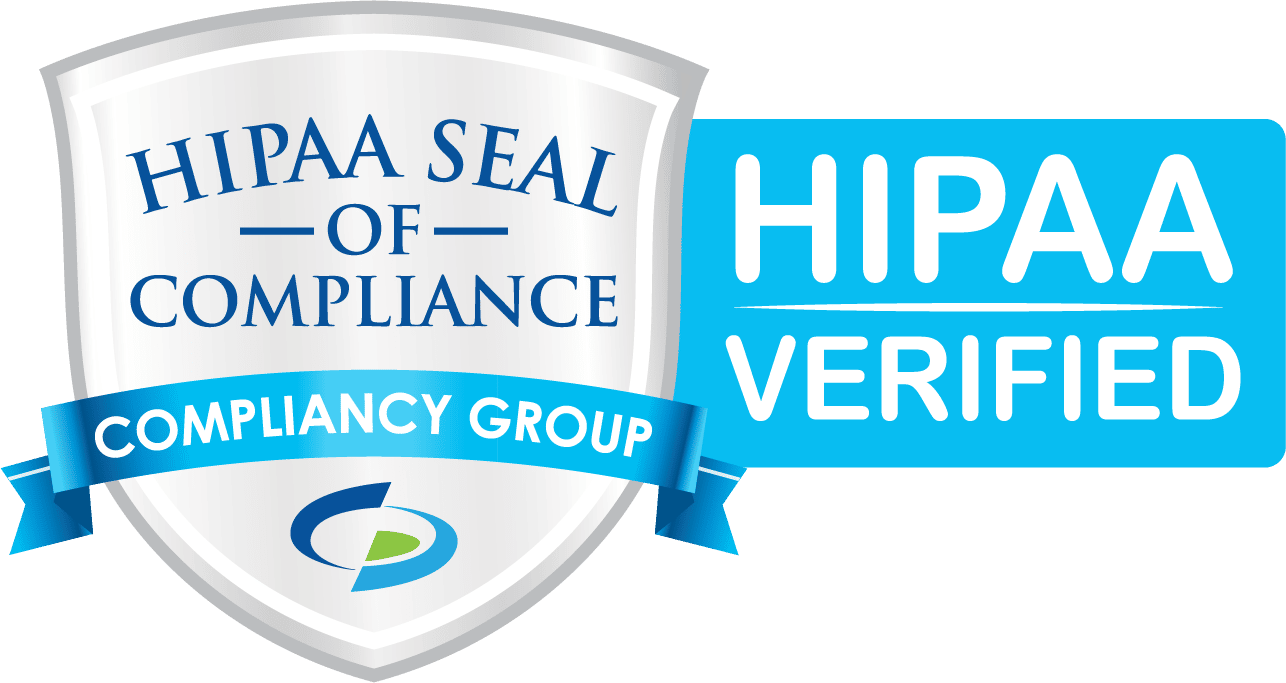Custom application development is not a small investment by any means, so medtech companies engaging these services will naturally want to understand their return on investment. When the application is the primary component of what you are selling, then it is easier to figure out if you are getting a return on investment based on […]
Marcom
There are lots of reasons marketing and communications teams in medtech might need a custom application. Sometimes off-the-shelf solutions can help with your business needs, but the medtech industry may have more specialized needs for an application that more generic software can’t provide, even with customization.
In these articles, we share tips and best practices from our custom development work with marcom teams, including how to evaluate whether or not you need a custom application, how to effectively communicate what you need to developers (whether in-house or third-party), and how to demonstrate value to the C-suite and your customers.
Can Cybersecurity & Compliance Be a Selling Point for a Medtech Product?
When your marketing team is planning out how to highlight all of the features of a new medtech product, cybersecurity and compliance are likely not features that are top of mind. In fact, you might not even think of it as a feature at all. Cybersecurity and compliance are often viewed as a box to […]
The Direct to Patient Marketing Trends That Are Making an Impact on the Industry
Over the past few years, there has been a real shift in how medtech companies are approaching their marketing. Traditionally, medtech companies have been much more buttoned-up and serious in their marketing efforts. Some of the latest things we’re seeing have a much lighter angle and are more substantially taking customer feedback into account. It’s […]
What Does Telesurgery Mean for the Commercial Side of Medtech?
Telesurgery is one of the latest hot topics in the world of surgical robotics, but what is it exactly, and how could it impact the medtech community? The Robotics, Telesurgery and Surgical AI Collaborative Community from the Society of Robotic Surgery defines telesurgery like this: “The next frontier in surgical evolution is telesurgery, a revolutionary […]
How Medtech Marketing Teams Can Improve Analytics Tracking
Often, medtech companies have a good idea of what success looks like, but measuring success and what contributes to it is often a different story. Analytics tools can help you track key metrics, but it’s easy to get bogged down in all of the things that you can track, even when you don’t need all […]
A Shifting Approach to Relationship Building
Sales and marketing teams have different approaches to relationship building due to the nature of how they speak to potential customers–a one-to-one conversation in sales vs. a one-to-many conversation in marketing. With that said, there is a lot that these two teams can learn from one another if they work closely together. Each team is […]
Adapting SEO & Social Media Strategies to New Customer Behaviors
Over the past few years, we have seen some major shifts in how people find and gather information online. We might sound like a broken record at this point, but the use of AI is growing as a means of gathering new information. Many platforms are looking at ways of incorporating it into their offerings. […]
The Potential Impact of AI on Modern Medicine
These days, we are inundated with information about AI and how it’s going to change our lives. The medtech industry is no exception. But what might practical applications of AI look like in modern medicine, and how close are we to actually making that happen? Are all of these changes right around the corner, or […]








